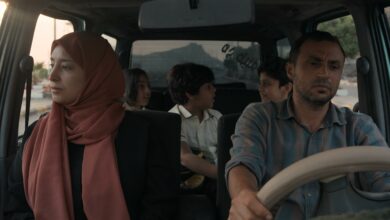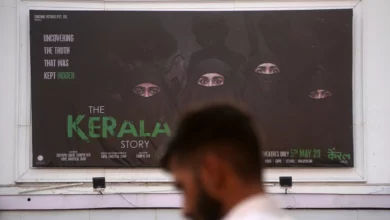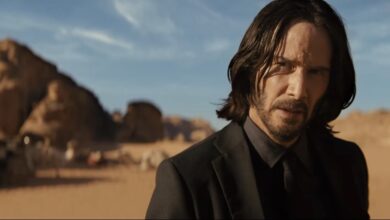VENICE, Italy – The 18-day uprising that ousted Egyptian President Hosni Mubarak is at the center of "Tahrir 2011," a documentary named after the Cairo square that became a gathering point for protesters which premieres at the Venice film festival.
The film is divided into three chapters — The Good, The Bad and The Politician — each handled by a different director and focusing respectively on the demonstrators, police forces and Mubarak.
The three sections mix real footage of the protests, the crackdown by the feared security apparatus and Mubarak's defiant speeches in the face of growing revolt with interviews with activists, police officers, Mubarak's aides and political analysts.
"It's a collage movie offering three different points of view on the same events," Tamer Ezzat, who like the other two Egyptian co-directors filmed the protests while taking part in them, told reporters in Venice.
"The message I'm trying to convey is the revolution is still ongoing. Mubarak's resignation marked a turning point, but we cannot say this is when the story ends."
Amr Salama, who directed the take on the 83-year-old Mubarak, said his was both a satirical and serious attempt "to get inside the brain" of the toppled leader.
It includes a 10-step guide on how to become a dictator, ranging from hair-dying to creating false enemies, from cultivating a personality cult to going into a state of denial over one's own impending demise.
Among those interviewed is Hossam Badrawi, one of Mubarak's closest advisers in the final days of his rule who recounts how his attempts to open the former president's eyes fell on deaf ears.
"Mubarak was in total denial, it's almost like he was watching and witnessing something else, not what was happening in the streets," Salama said, speaking in English.
"After 30 years he is not the leader he thought he was. I was interested in portraying the ugly image of a dictator and at the same time the dramatic event of him falling and the self-revelation that 'I am not a leader, I am a dictator and the people of my country really hate me'."
Other highlights in the documentary include interviews with four police officers, speaking at times candidly about how they were ordered to clamp down on the protests and spy on anyone who was deemed to be an opponent of the regime.
"The state used us as a stick to lean on and at the same time beat up people (with)," one of them says.
Mubarak, who was overthrown on February 11, is currently on trial on charges of conspiring to kill protesters and inciting some officers to use live ammunition. About 850 people died during the demonstrations.
The authors of "Tahrir 2011" reflected on the use of social media and mobile phones during the Arab Spring protests and how this would likely inspire more documentaries on the revolts.
"Every time a protester was wounded in Tahrir Square, you'd see five people trying to help him and another 30 filming the scene," said Ezzat.
Charif Kiwan, a spokesman for the Abounaddara collective of Syrian film-makers who also took part in the festival's special section on the uprisings, said this type of citizens' journalism had demolished the authorities' grip on information in their countries.
"While we're talking, there are people with mobile phones trying to shoot these scenes and documenting them even though they are risking their lives to do that. The regime doesn't want any image of what is happening to circulate," he said.
"Documentaries show what these people don't want you to see. An earthquake is taking place, the official narrative is disappearing, it's collapsing. People are finally realizing that you can actually turn your gaze and look in a different direction."




